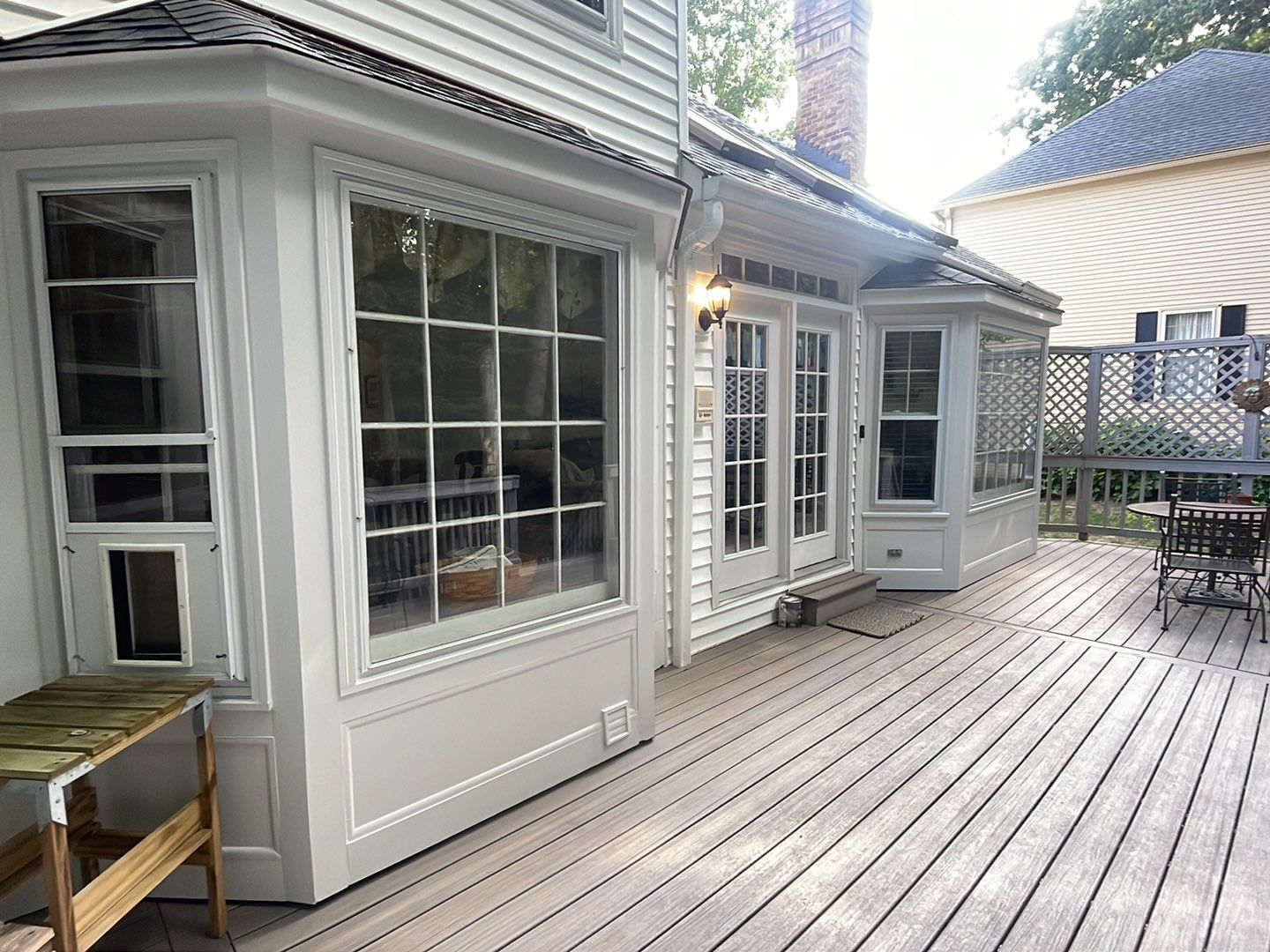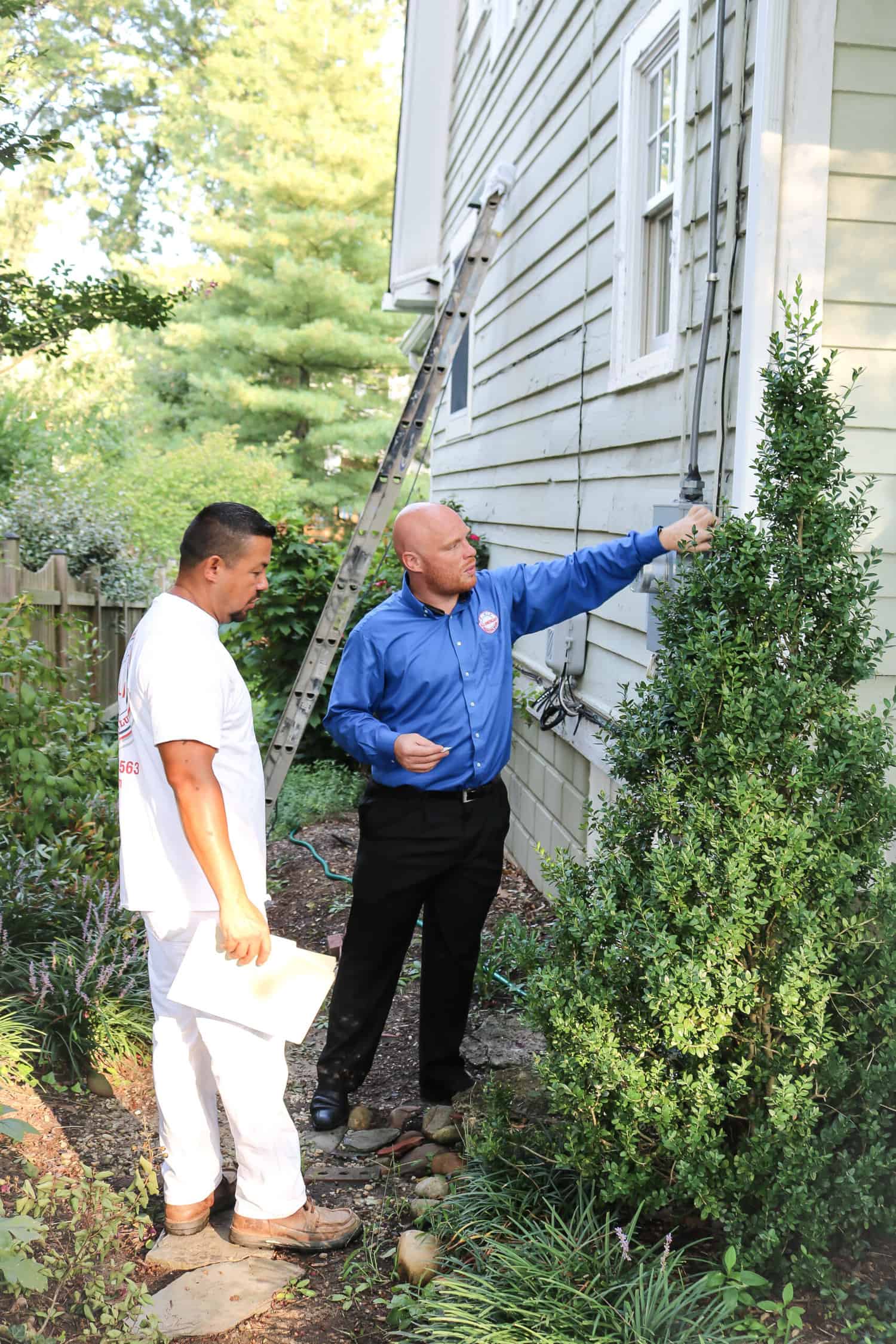If you’re not a seasoned or professional painter, you might not know about the various procedures for painting on different surfaces. From different kinds of wood to vinyl and even steel, various types of paint and methods of painting are necessary. Additionally, different considerations should be kept in mind for exterior vs. interior painting. Here are some things you should know when it comes to painting different surfaces.
A Primer on Paint Types
If you’re ready to start painting your home, it helps to realize that there are many types of paint out there, each best suited for certain situations and surfaces. Among these choices are oil paints, enamel paints, cement based paints, epoxy, whitewash, distemper, latex, lead, metallic, and more.
Not all of these paint types are best suited for home painting, but some are. For instance, emulsion and cement based paints are useful for both exterior and interior painting projects, while epoxy paint is commonly used for commercial buildings, especially flooring. Knowing whether you plan on painting the inside or outside of your home (or both) will help you get started on choosing which type of paint you’ll use.
Surface Selection
All surfaces are not created equal. Wooden surfaces require different painting procedures than, say, vinyl ones. It’s just as important to know which surfaces you’ll paint in addition to where the surfaces are (exterior or interior).
Painting over Plaster
Most interior walls are made of plaster, a dried paste material made of lime, water, sand, and other granular particles. This material provides an easy surface to paint over, but only after it has fully dried, of course. This may take several days to a week. If you paint over plaster before it has dried, the paint can easily peel off and you may end up needing to start over.
Once the plaster has dried, it’s important to seal it with an initial coat of emulsion “mist,” which is very watered down. From there, it’s best to use a masonry paint, which is suited for many surfaces, including plastered walls. Latex paint can also be used.
What About Wood?
Wood is a common material for several surfaces in a home, including cabinets, furniture, and trim. Old or unfinished wood should be primed prior to painting. Primer helps the paint better adhere to the wood surface. As for the type of paint itself, most will work, but to different effects.
For instance, water-based paints such as latex are great if you want to introduce color and minimize visible flaws in the wood itself. Oil-based paints will come out a bit smoother, however. For wood surfaces that experience frequent moisture (i.e. kitchen cabinets), oil-based paints can mitigate the negative effects of moisture buildup. Consider these things before painting a wooden surface.
Vinyl Siding
Vinyl siding remains one of the most common materials for home exteriors. Though perhaps not as durable as other exterior materials, vinyl is cheaper, easier to install, and requires little maintenance over the years. For vinyl surfaces, you can use acrylic-based paints. Some paint manufacturers label their paint as “vinyl safe” or “exterior paint” to make the selection process easier.
Pro painters recommend using lighter colors for exterior paint as it won’t absorb as much heat from the sun. Too much heat absorption leads to peeling and cracking over time. Of course, as with any surface, you should first clean and prime the siding before painting it for the best results and least maintenance.
Just about any surface inside or outside your home can be painted. But it’s worth doing some research to understand which paint type is best for which surface, and why. If you’re still unsure, professional home painters can help provide you with knowledge and get the job done. All American Painting Plus, Inc. is one such painting service with the skills to paint your home inside and out. Give us a call at 703-620-5563, or email us at info@aapplus.com for estimates and more information!











